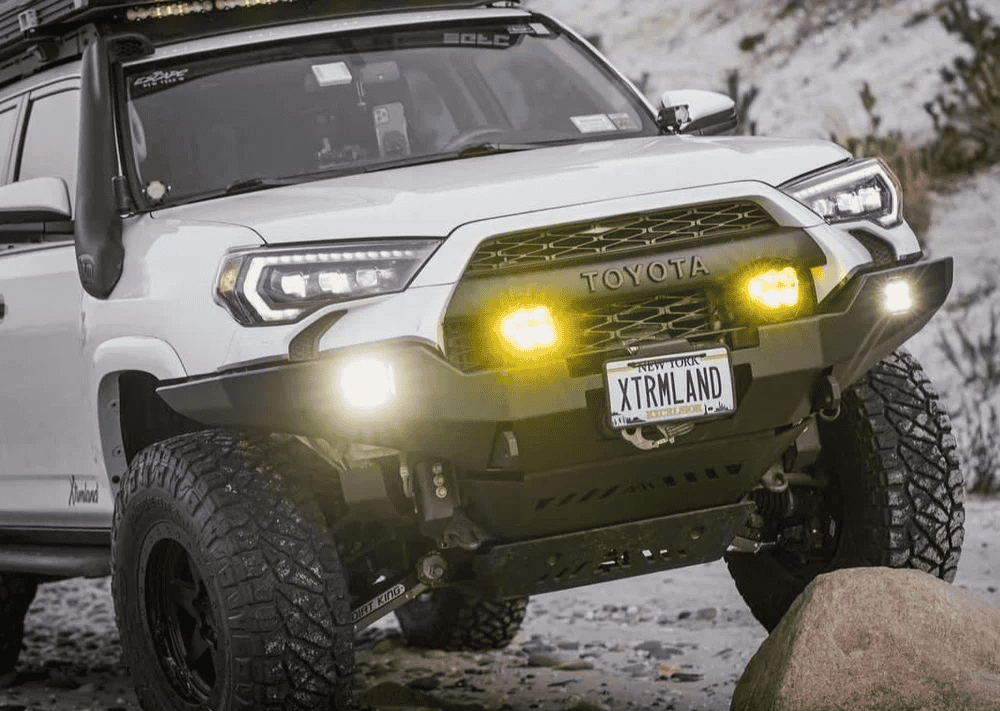Overland Vehicles

A smart monitoring system pulls live information from the world around it and turns that stream into clear decisions. At its core are sensors that measure conditions such as temperature, humidity, vibration, voltage, current, water level, door position, and location. The data flows through a small controller or gateway that timestamps, validates, and sends it to a dashboard. Users set rules for alerts, so a text or push notification fires when a reading crosses a safe limit. The result is fewer surprises, faster troubleshooting, and a log of evidence when you need to understand what happened and when.
In mobile environments, that same blueprint shines. A vehicle or overland rig can watch house battery health, solar harvest, inverter load, cabin climate, tire pressure, and door or storage security. If shore power drops at night, or a water tank runs low, the system flags it. Cameras and motion sensors layer on security, giving drivers both awareness and historical records if something looks off while parked.
Smart monitoring systems begin with endpoints, the sensors. Common types include thermistors and digital temperature chips for climate, hall effect and shunt sensors for current, pressure sensors for tires and fluids, accelerometers for motion and impact, reed and magnetic switches for door status, and GPS for location tracking. A microcontroller or single board computer aggregates those inputs. Many platforms speak protocols like CAN bus in vehicles, along with interfaces such as I2C, SPI, and UART for modules.
Connectivity links the rig to dashboards. Short range tools like Bluetooth enable setup and quick checks. Wi Fi works well in campgrounds or shops. Cellular modems provide reach when traveling, and low power networks such as LoRaWAN bridge distant sensors with long battery life. On the software side, edge processing reduces noise, applies filters, and computes derived metrics like state of charge or projected time to empty. That keeps the cloud simple and the user interface fast.
Raw sensor signals can be spiky. Edge processing smooths those readings, rejects outliers, and compresses data before sending it. Local rules handle urgent alerts without waiting on a network round trip. For example, a battery temperature spike can trigger a relay to shut down a charger immediately, while a cloud rule can handle less urgent tasks like generating a weekly performance report. This division keeps the system responsive and avoids data overload.
Any connected device must defend its data. Good practice includes strong authentication, encrypted transport, minimal data retention, and the ability to audit who accessed what and when. Users should be able to disable location sharing when not needed and review logs to confirm that the system only collects relevant information. Regular updates, signed firmware, and vendor transparency round out a healthy security posture.
The power of a smart monitoring system shows up when conditions change. A cloudy stretch reduces solar input, and the dashboard recalculates run time for the fridge and fans, helping you decide whether to drive, conserve, or switch loads. A slowly rising water pump duty cycle hints at a leak before it becomes a flood. A shaky cell connection does not break the workflow because local rules still protect the rig. Over time, trends reveal patterns that guide upgrades, from more battery capacity to improved ventilation.
For overland and van applications, hardware durability matters. Choose sensors rated for vibration, wide temperature swings, and dust exposure. Use sealed connectors and strain relief on harnesses. Label circuits and document sensor IDs so future service is simple. A clean install is not just about looks, it preserves signal quality and makes diagnostics clear.
When integration meets the vehicle bus, respect factory systems. Tap non intrusive data sources when possible and isolate accessories with proper fusing. A thoughtful system maps critical signals first, then adds wish list items such as camera triggers or zone lighting status. Keep the user interface simple. The best dashboards show the essentials at a glance and tuck deeper details a tap away.
A practical path is to define outcomes before hardware. Decide what you want to know, when you want to know it, and who needs to be notified. That clarity guides sensor selection, network choices, and dashboard design. It also prevents scope creep and keeps costs aligned with value.
Owners who want deeper insight can pair these concepts with a professional build. Our team outfits overland rigs with clean wiring, labeled harnessing, and calibrated sensors so data is reliable and serviceable down the road. Explore platform ideas and past work on our overland rigs page at overland rigs. If you need a purpose built package, see the options and process behind a custom overland upfit. Want to understand how we work and why teams trust us, visit why choose OZK Customs.
We listen first, then design a monitoring layout that matches your travel style, energy profile, and security needs. From power analytics to cabin comfort, you get a single view that turns your rig into a confident travel partner. Tell us about your platform and routes, and we will build the right path from sensor to screen.
Ready to see your rig in real time. Tell us how you travel, what you carry, and where power matters most. Our team will design a monitoring setup that fits your platform, simplifies your dashboard, and keeps you confident on every route. Share a few details and we will map your options and build a plan.
ADDRESS:
6159 E Huntsville Rd, Fayetteville, AR 72701
PHONE:
(479) 326-9200
EMAIL:
info@ozkvans.com